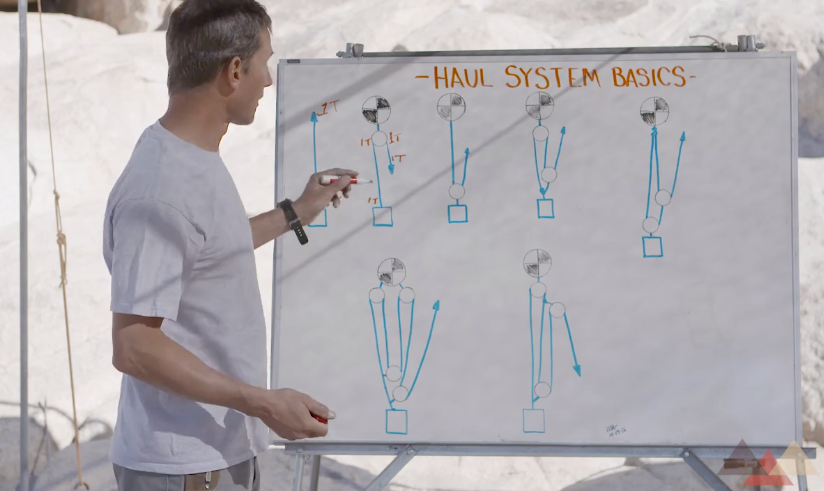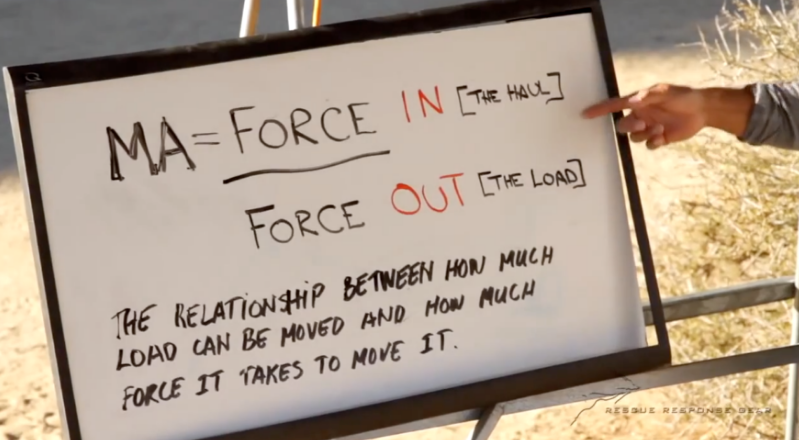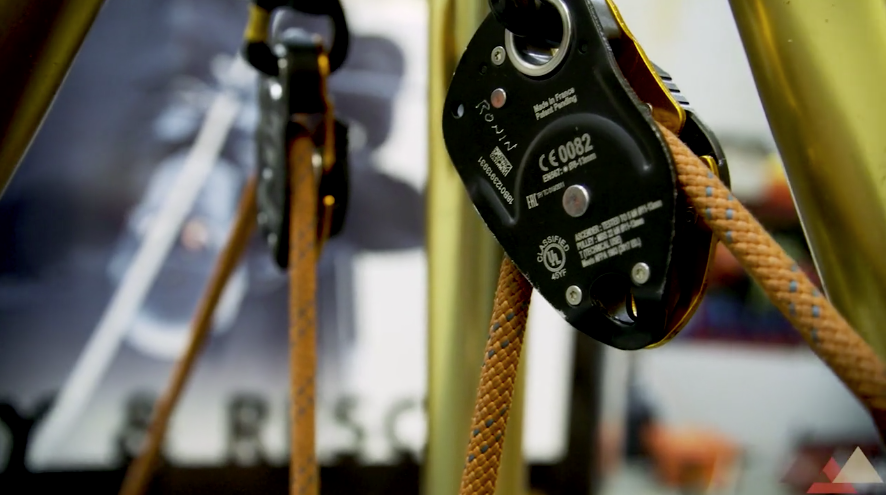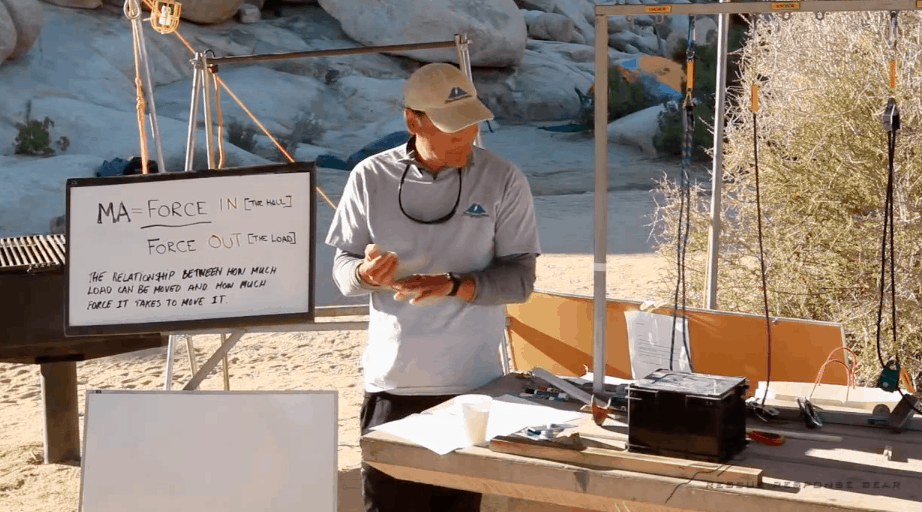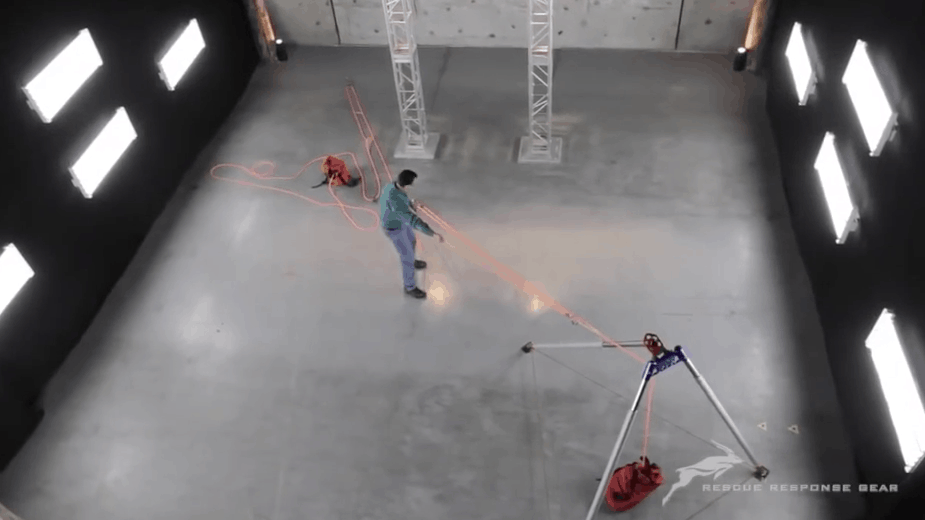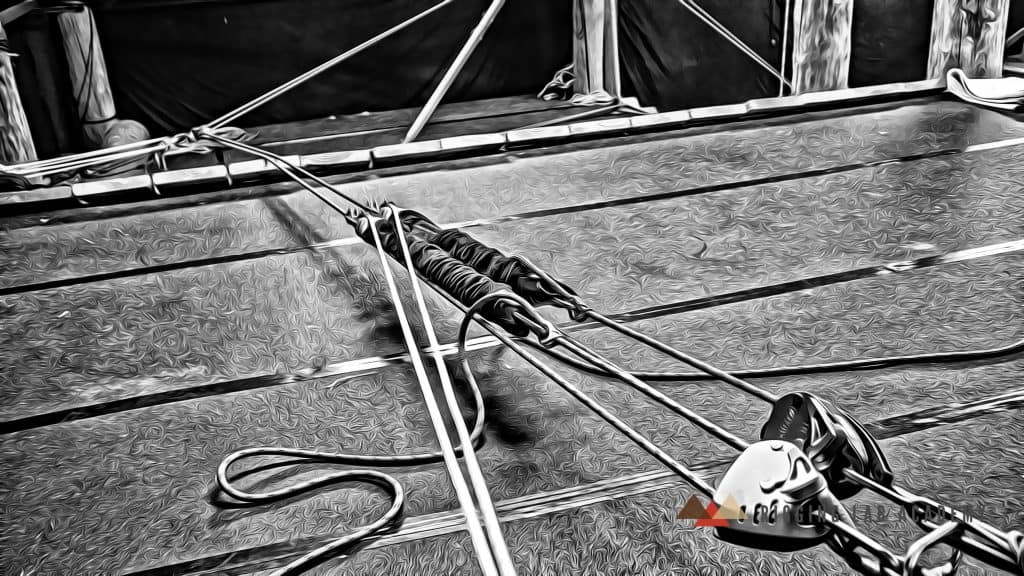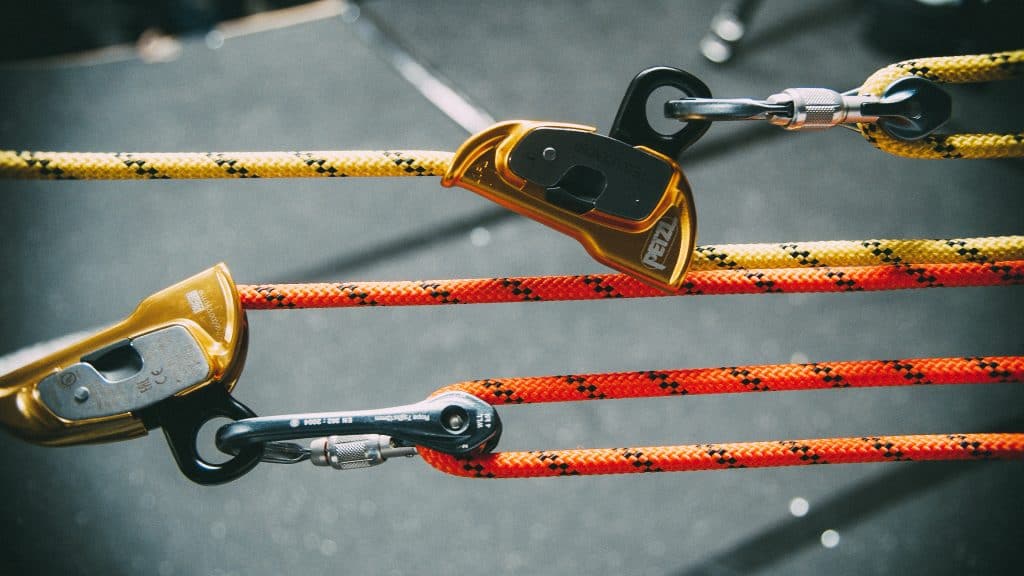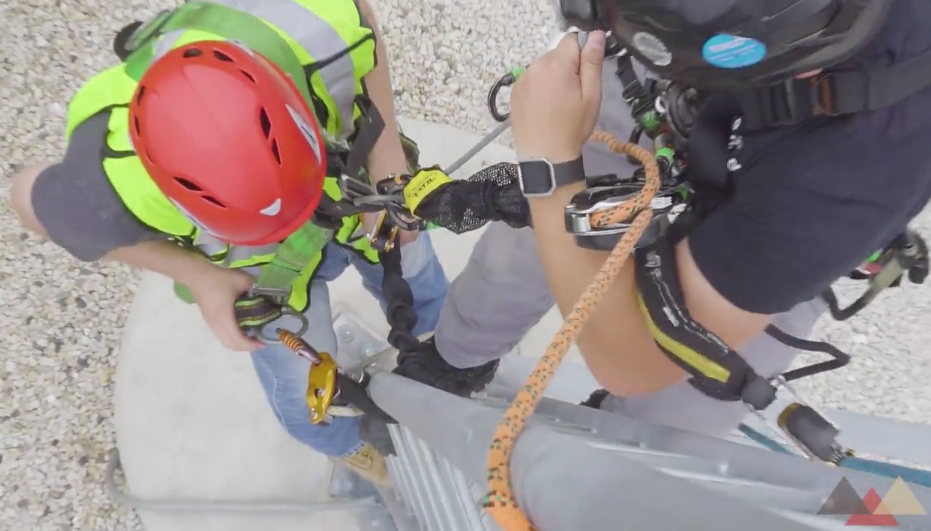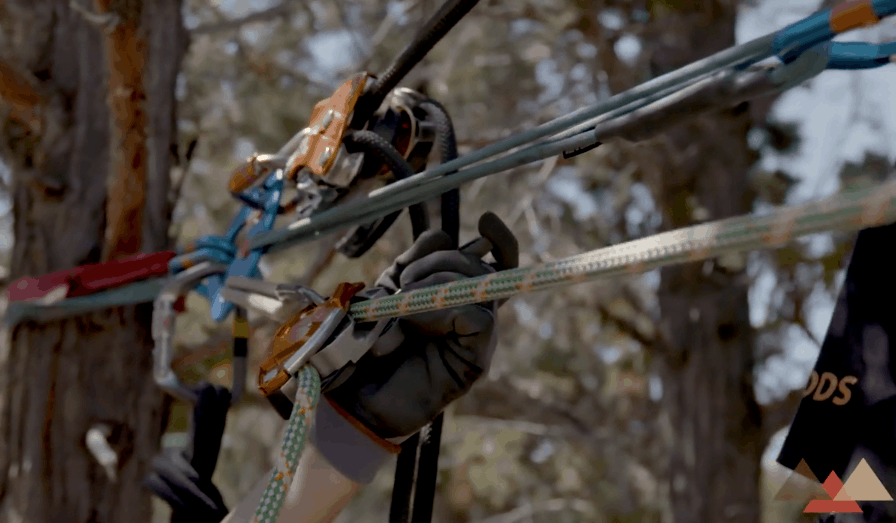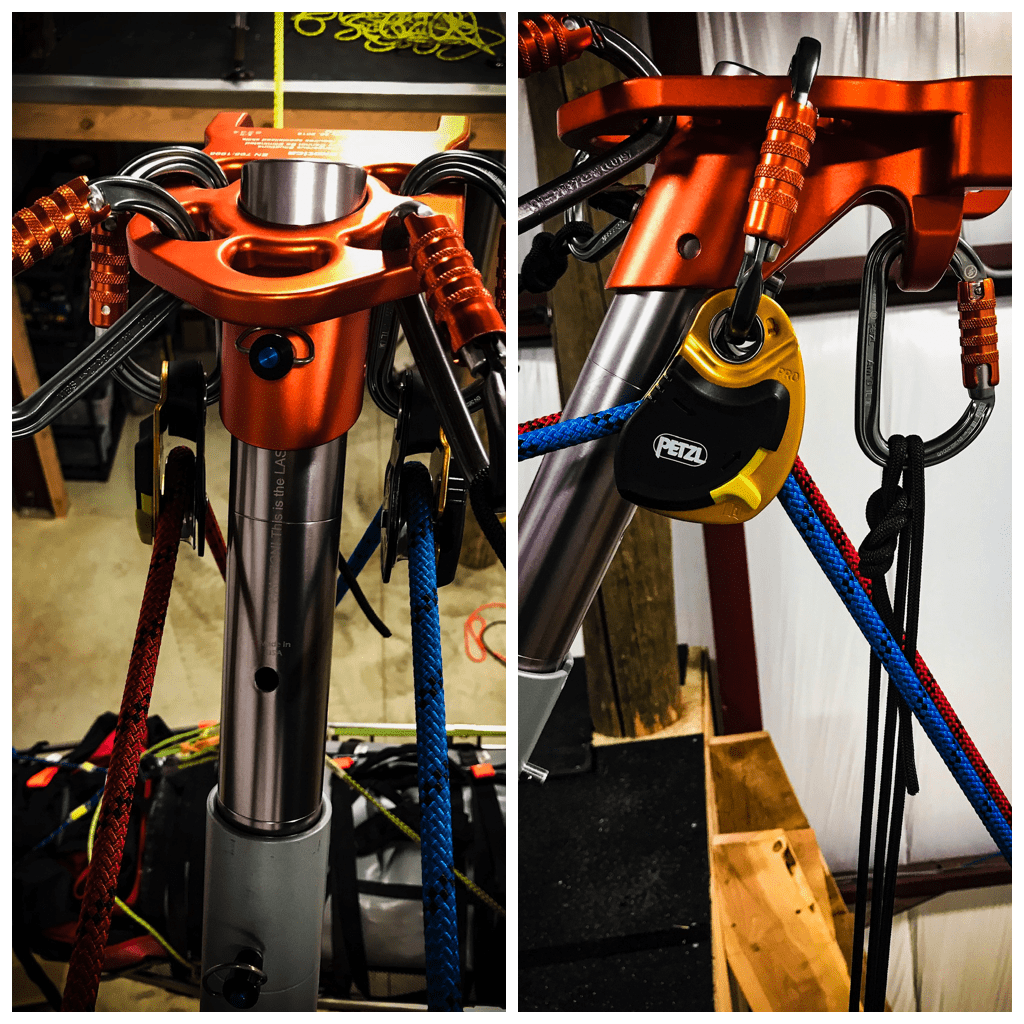Mechanical Advantage Basics in Rescue
Mechanical Advantage Part 1: The Foundations of Haul System Efficiency Mechanical Advantage (MA) systems are at the heart of rope rescue and rigging operations. These systems allow rescuers to lift or move heavy loads with minimal effort by multiplying applied force through pulleys and rigging components. In this foundational guide, we’ll explore the basics of […]
Mechanical Advantage Basics in Rescue Read More »

